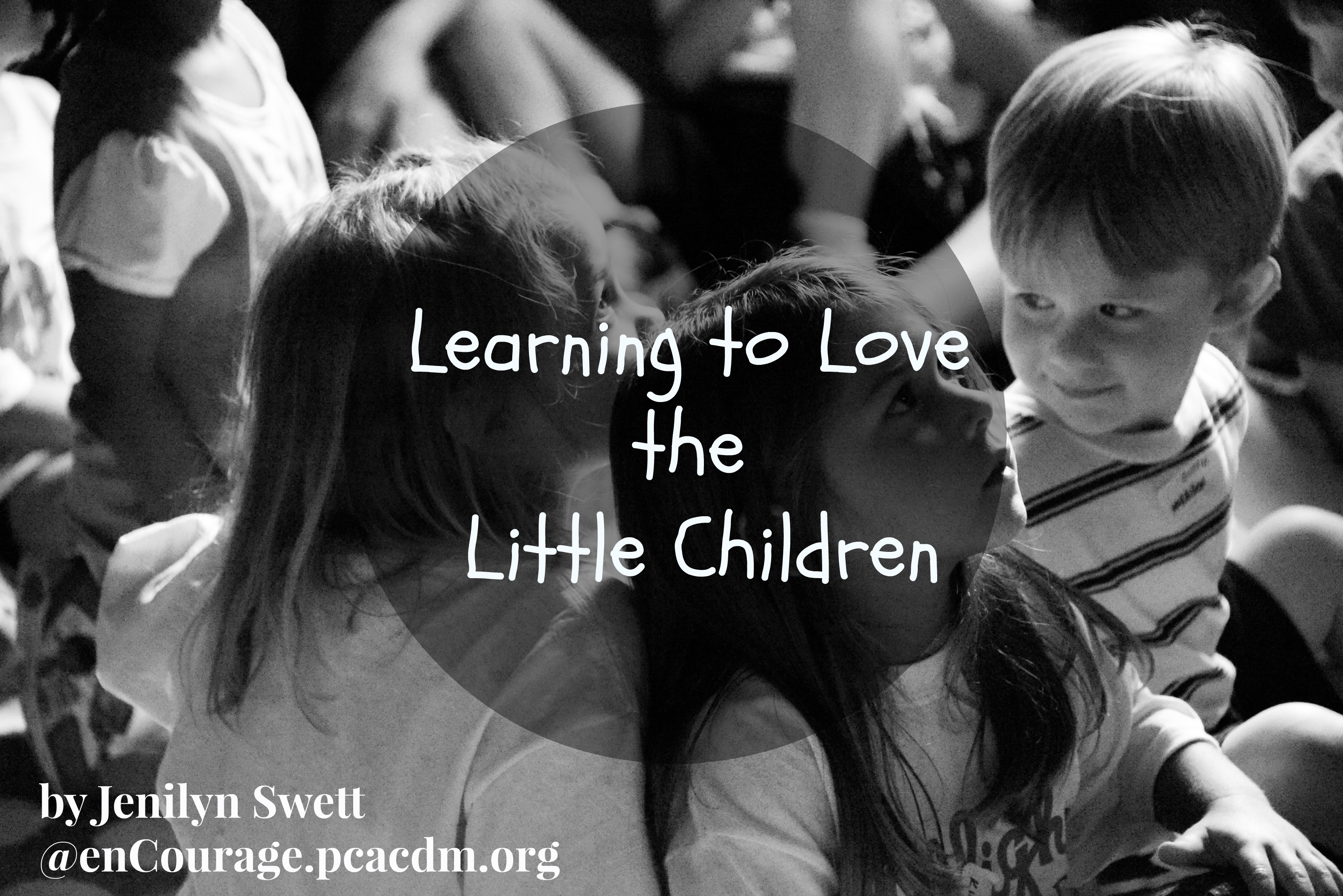How Can the Church Serve Families Touched by Autism?
CHRISTINE GORDON | CONTRIBUTOR According to Autism Speaks, the non-profit research and awareness organization, 2.7 percent of children and 2.2 percent of adults in the United States have autism. So, in a church of just 200, at least two children and two adults probably have autism. Your church probably has autistic brothers and sisters attending. Do you know their names? Autistic people can feel intimidating to neurotypical (non-autistic, having typical neurological patterns and makeup) people. Autistic children and adults may or may not be able to read social cues, may dress differently, speak differently or not speak at all. They may not easily fit into the usual Sunday school classes, youth groups, and adult community groups. They may need quiet spaces, breaks from worship or group meetings, and predictability. How can the rest of the church love these brothers and sisters? And how can the autistic community in the church love the neurotypicals? We must begin by acknowledging a few basics. All humans are made to image God, and all do so differently. Neurotypical people are not morally better or of more value to God by design. They may navigate relationships more easily and assume more traditional roles in society, but those on the autism spectrum bring unique skills and abilities to the table that neurotypical people may benefit from. Having said that, perhaps we can reframe the question. Families touched by autism do need help. And the church should be a part of serving those needs. But the church must also recognize the dignity and gifts of those who have what is now officially called Autism Spectrum Disorder (ASD), especially those who are adults. Perhaps our question could be framed in this way: How can the church dignify, serve, and celebrate the gifts of those among her who have ASD?..



